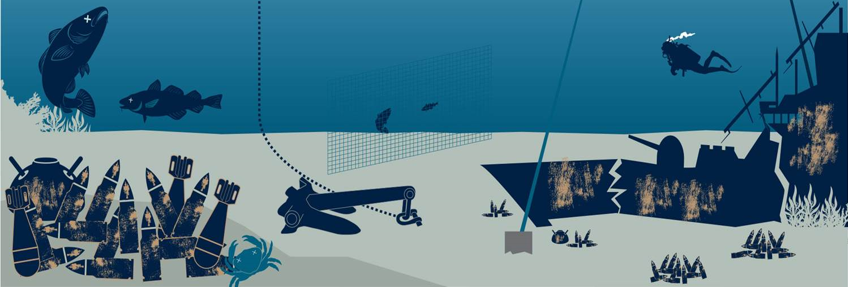Underwater munitions present significant challenges to policymakers, industry and security authorities, with far-reaching implications for the environment, public health, the economy and national security. As these munitions degrade over time, they release hazardous substances, posing risks to marine ecosystems, fisheries and coastal populations. Unexploded ordnance (UXO) further exacerbates safety and economic risks, delaying offshore projects, restricting maritime activities and driving up operational costs. Additionally, the presence of munitions complicates defence and security operations, affecting naval exercises, surveillance and border security.
To address these growing risks, a structured and science-based risk assessment is essential. This process provides the foundation for identifying, evaluating and managing risks, ensuring that mitigation strategies are not only effective but also cost-efficient and aligned with regulatory and security priorities.

